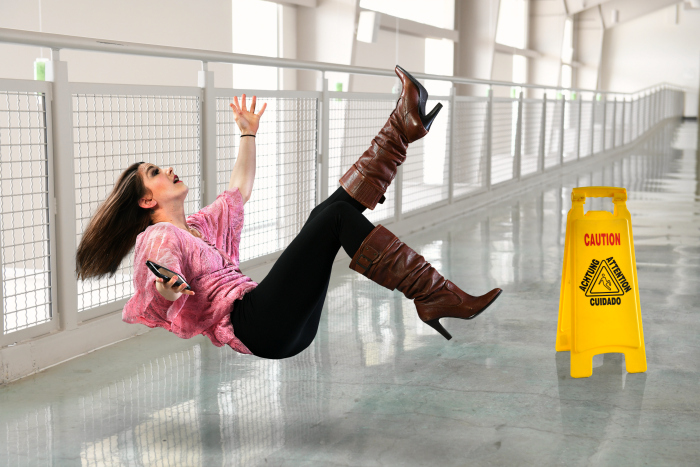Kerby Anderson
There was a time fifty years ago when we had fewer safety devices and less parental supervision, yet most of us survived. Some of us had accidents, but others were lucky to get out of childhood without even as much as a broken bone.
Edward Kosner writes about accidents in his column on “How Not to Step on That Banana Peel.” He quotes from Steve Casner (author of the book, Careful: A User’s Guide to Our Injury-Prone Minds) that deaths from accidents declined for decades but now has begun to rise. The rise in accidents is due to everything from smartphones and driving distractions to the reality that people are living longer and thus have more opportunities to die in accidents.
Why do we have these avoidable accidents? One reason I just mentioned: distractions. It turns out that people can’t really concentrate on multiple tasks. We convince ourselves that we can do that. We can’t. In fact, we have trouble concentrating on a single task for very long before our attention wanders. He says, “Multitasking is a myth: It generally means doing two things badly at the same time. Remind yourself or someone—to do something in a few minutes and it will be forgotten.”
A second major reason for preventable accidents is overconfidence. Steve Casner’s book surveys research done by a number of psychologists. Their studies “invariably show that people are overconfident about their own capabilities, more open to risk then they imagine, less cool in a crisis, and prone to error.”
A third reason is what is called “risk homeostasis.” This is the “tendency of people to accelerate their dangerous behavior when new safety features are introduced—say, by driving even faster in cars with the latest safety technology.”
Many accidents are avoidable if we apply some of these lessons psychologists have learned.
 Listen Online
Listen Online Watch Online
Watch Online Find a Station in Your Area
Find a Station in Your Area











 Listen Now
Listen Now Watch Online
Watch Online
